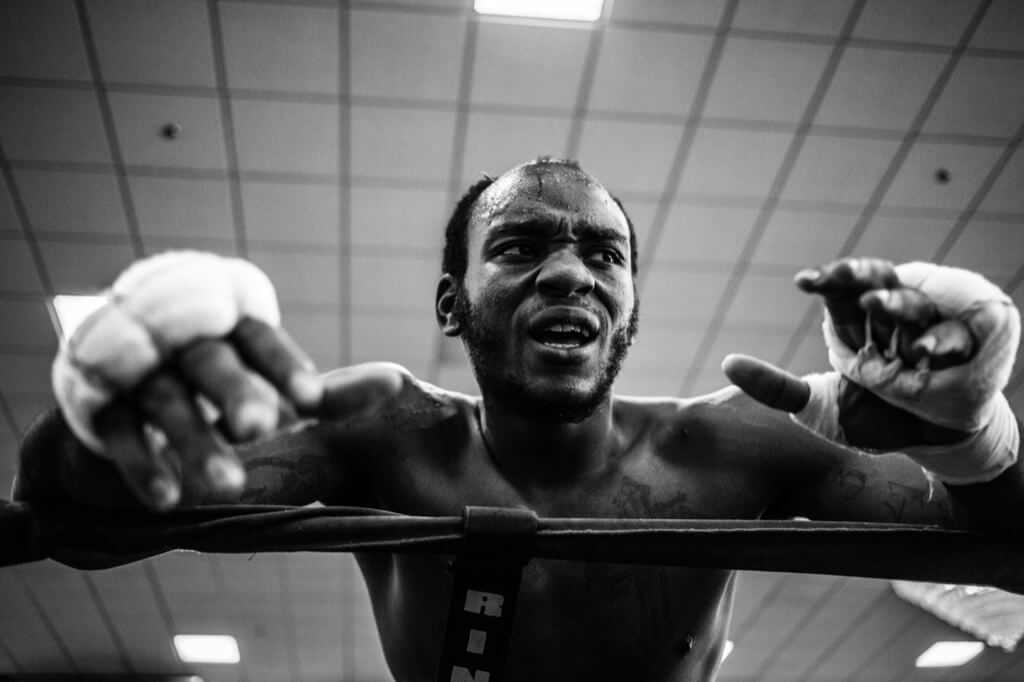While the term “Black Friday” didn’t appear until the 1960s and only gained widespread use in the past 20 years, stores have been encouraging customers to shop on the Friday after Thanksgiving since at least the late 19th and early 20th centuries.
The day following Thanksgiving, several department stores, including Macy’s and Eaton’s, would often host parades. A large portion of these stores’ Christmas advertising strategies usually revolve around these parades. After the parades ended, this would lead to a large number of people going shopping. It became an unspoken norm among the biggest department retailers to wait until after Thanksgiving, and more especially until after these parades, to launch their biggest Christmas advertising campaigns.
The great majority of stores began marking down items for the Christmas season on the Friday after Thanksgiving in the 1930s. The length of the Christmas shopping season in November, when the fifth Thursday was always the last (Thanksgiving was always on the last Thursday of that time), made shopkeepers dissatisfied in the end, though, and the practice ended there.
To make the Christmas shopping season continue as long as possible, President Roosevelt chose in 1939 to move the official Thanksgiving date to the second to last Thursday in November, at the heavy encouragement of lobbyists for various merchants. Because of the uproar Roosevelt’s switch had produced, Congress felt compelled to intervene after two years of this. Thanksgiving was finally settled upon as the fourth Thursday of November as a result of the compromise between the two factions.
Midway through the 1960s, the phrase “Black Friday” was first used to characterize the day following Thanksgiving. Even so, the term didn’t gain widespread use until the past twenty years or so.
Black Friday was named after the day when most retailers finally saw a profit, moving out of the red and into the black. This theory was put forth by retailers in the 1980s in response to the negative connotations associated with what appears to be the real origin of the term (see below).
This isn’t accurate. Some stores only turn a profit during the holiday season, but according to the quarterly SEC filings of the biggest retailers, the majority of stores turn a profit every quarter. There are many references to the following theory about the origin of the name “Black Friday” before the 1980s, but no mention of its possible origin before then.
The most plausible and properly documented origin is that of Philadelphia’s police officers, bus drivers, and taxi cab drivers, all of whom hated the day after Thanksgiving because of the horrific traffic caused by the city’s incredibly large population.”The Philadelphia Police Department has given the Friday following Thanksgiving Day the name ‘Black Friday,'” was the first recorded mention of this in January 1966, as stated by Bonnie Taylor-Black of the American Dialect Society.
They do not consider it a term of affection. Center City’s Christmas shopping season kicks off on “Black Friday,” which typically means heavy traffic and crowded streets as downtown retailers are packed from opening to closing. More and more references to this particular Friday being called “Black Friday” for this reason may be found in various newspaper archives throughout the next decade, mostly in the New England area.
What You Didn’t Know About Black Friday
- If you’re among the 135 million shoppers hitting stores on Black Friday, plan to optimize your savings. Research deals, create a budget, and prioritize items to make the most of your shopping experience.
- On average, consumers spent $365.34 during Black Friday in 2010, contributing to a whopping $39 billion in sales. Set a spending limit and stick to it to avoid overspending during the frenzy of deals and discounts.
- Remember the tragic incident in 2008 at the Green Acres Shopping Center? With crowded stores and eager shoppers, prioritize safety. Avoid rushing or pushing through crowds to prevent accidents or injuries.
- While Cyber Monday was coined by Shop.org, consider the actual peak days for online sales, which occur between December 5th and December 15th. Explore online deals beyond Cyber Monday, and consider the emerging trend of “Cyber Black Friday” to shop conveniently and safely from home. Keep an eye on online sales trends to capitalize on the best deals.
- In 1939, President Franklin D. Roosevelt attempted to extend the Christmas shopping season by moving Thanksgiving from the last to the second-to-last Thursday in November. This move was met with public resistance and confusion, resulting in the two-year “Franksgiving” controversy.
- Research has shown that the Black Friday frenzy can lead to irrational behavior. Shoppers often purchase items they don’t need or want simply because they perceive them as being a good deal.
- Some retailers artificially inflate prices before Black Friday to create an illusion of deeper discounts. This deceptive practice, known as “price anchoring,” misleads consumers into believing they’re getting a better deal than they are.
- Black Friday has seen its share of violence and stampedes. Incidents range from fights breaking out over sought-after items to shoppers being injured in overcrowded stores. These instances underscore the extreme competitiveness and frenzy associated with the day.
- The intense marketing and pressure to buy during Black Friday can induce stress and anxiety in shoppers. The fear of missing out on deals and the urgency to buy can negatively impact mental well-being.
- Black Friday has transcended borders and is now observed in numerous countries worldwide. However, in some places, it has faced criticism for its consumerism and clash with local cultures.
- The increased consumption and excessive packaging associated with Black Friday contribute significantly to environmental issues, including increased waste generation and carbon emissions.
- While Black Friday is synonymous with in-store shopping, online sales have seen a dramatic surge. Cyber Monday, created to promote online shopping post-Thanksgiving, has become a significant online retail event.
- Black Friday puts immense pressure on retail employees. Many are required to work long hours under stressful conditions, often sacrificing their holiday celebrations to accommodate the shopping rush.
Black Friday Myths Busted
- Contrary to belief, not all Black Friday deals represent the best prices of the year. Some products might have better discounts at other times or during specific sales events like clearance sales or end-of-season sales.
- While Black Friday has been historically associated with in-store shopping, many retailers offer similar or even better deals online. This counters the myth that the best discounts are exclusively available in physical stores.
- Not every item in a store receives a significant discount on Black Friday. Some products might have minimal or no discounts at all, especially newer or high-demand items.
- While camping outside stores might have been a trend in the past, it’s not necessary for securing good deals. Many retailers now offer pre-Black Friday online sales or early-bird discounts that negate the need for camping out.
- Some retailers might inflate original prices to make discounts appear more significant. This practice can mislead consumers into believing they’re getting better deals than they are.
- The name “Black Friday” might imply that sales start on the Friday after Thanksgiving, but many retailers now begin their promotions days or even weeks earlier, extending the event beyond a single day.
- Another myth is that items bought on Black Friday are non-refundable or not eligible for returns. Most retailers maintain their standard return policies, allowing customers to return purchased items within a specified period.
- The pressure to buy on Black Friday can lead to impulsive purchases. Not every item bought during this time is a good deal or a necessary purchase.
- Black Friday isn’t exclusively for brick-and-mortar stores. Online retailers, both big and small, actively participate in offering deals and discounts during this shopping event.
- While historically significant, Black Friday isn’t always the busiest shopping day of the year. Days closer to Christmas often surpass Black Friday in terms of sales volume.
Understanding the multifaceted nature of this shopping phenomenon is crucial in navigating the realities behind the myths. Distinguishing between facts and misconceptions equips consumers to make informed choices amidst the excitement and hype of this retail spectacle.

The astonishing case of Lina Medina reveals the youngest confirmed instance of pregnancy and childbirth.…

Microwave ovens, seemingly simple yet ingeniously designed, operate on a fundamental principle involving electromagnetic waves…

Drying fruits in the sun is one of the oldest methods of preservation, a testament…

Viruses, particularly the SARS-COV2 virus responsible for the COVID-19 pandemic, have significantly impacted global health…



